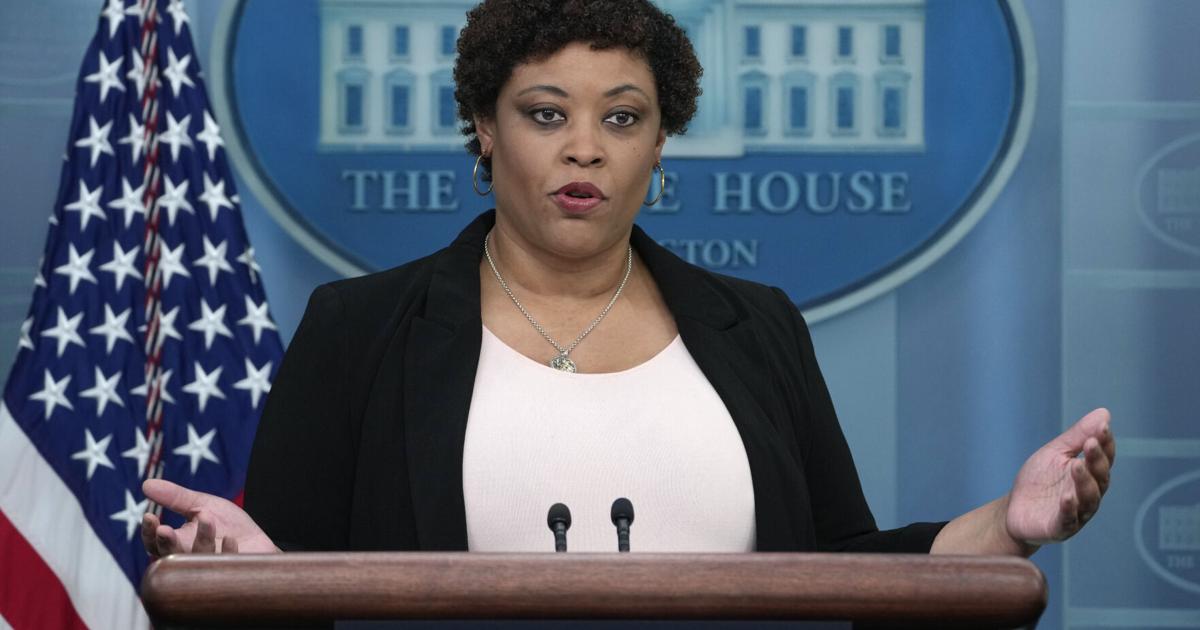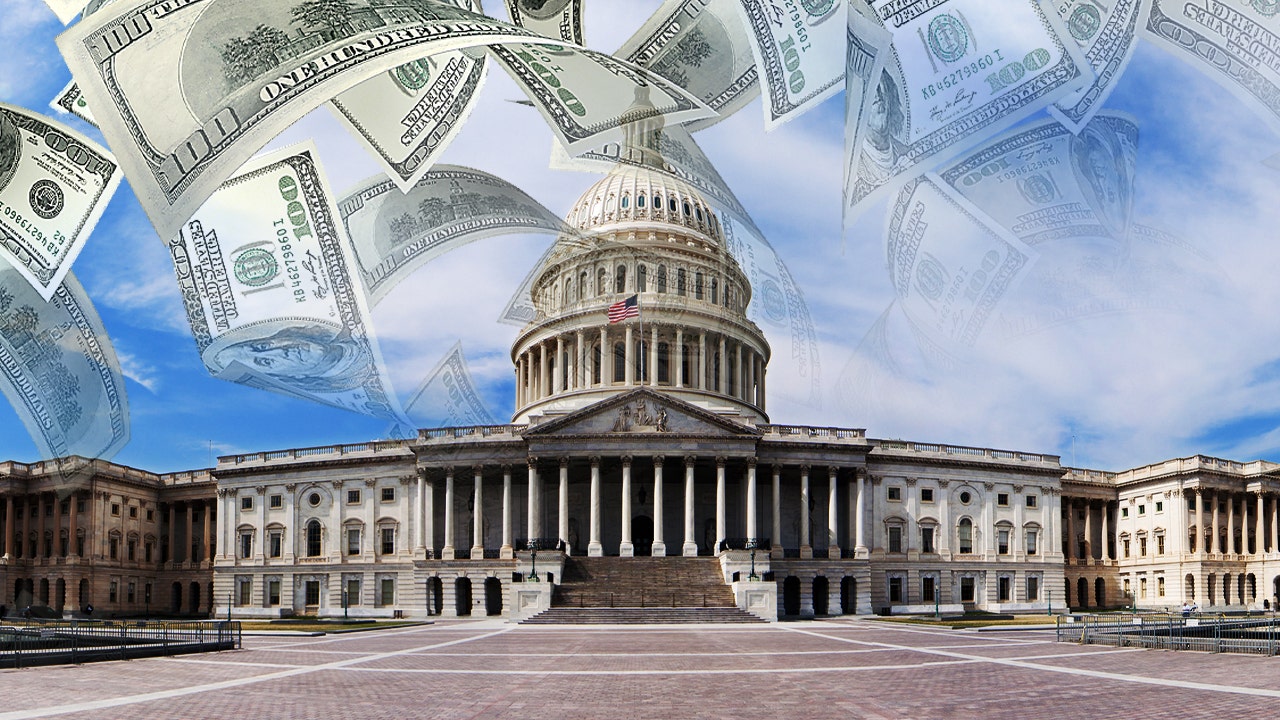MicroStrategy has raised almost $20bn from investors this year to buy bitcoin, fuelling a meteoric rise for the once-obscure software company into the Nasdaq 100 index of large-cap US technology stocks.
A combination of selling shares and convertible bonds has funded a one-way bet on a rocketing bitcoin price that, despite a sell-off in recent days, has driven its shares up more than 400 per cent this year. Such is the investor demand that the company now has a market value of around $80bn, despite owning around $41bn of bitcoin.
Debt fund managers have been clamouring to get their hands on the convertible bonds, believing they offer exposure to the soaring share price while also providing protection if the price goes into reverse. The stock’s Nasdaq 100 inclusion will compel index-tracking funds to buy billions of dollars more of the company’s shares.
Its index inclusion after the close of trading on Friday — it is part of a trio replacing IT firm Super Micro Computer, Covid-19 vaccine maker Moderna and gene-sequencing company Illumina — is further vindication for founder Michael Saylor, who has become one of the most evangelistic proponents of bitcoin since his company began buying it four years ago.
“It’s some incredible financial engineering,” said a convertible bond portfolio manager invested in MicroStrategy. “[Saylor has] created this incredible situation where a stock trades at three times the price of the underlying bitcoin and then he just sells more shares every day and buys more bitcoin.”
For Saylor, who once tweeted that bitcoin’s “days are numbered” but later recanted, this year has been an extended opportunity to build on his plan to make MicroStrategy a “treasury” for what he calls “the most valuable asset in the world”. In October he announced plans to raise $42bn over the next three years, all to pay for more bitcoin.
The cryptocurrency’s value has more than doubled this year following the arrival of spot bitcoin exchange traded funds in the US and Donald Trump’s presidential election victory in November. Trump’s promises to make the US a “bitcoin superpower” and ease the regulatory crackdown pushed the value of the coin from less than $64,000 at the end of September to more than $108,000 this week, although at one point on Friday it fell close to $92,000.
“My attitude [on bitcoin] has gotten better every quarter,” Saylor told the Financial Times. “Now you have a president[-elect] who is ending the war on crypto.”
MicroStrategy’s success has been helped by the huge premium that investors place on its shares, with the company currently trading at roughly double the net asset value of its bitcoin holdings.
This allows it to issue stock at a premium and buy ever more of the cryptocurrency. Although existing shareholders end up owning a smaller percentage of the company, the underlying value of their shares increases because MicroStrategy now owns more bitcoin per share.

Convertible bonds have also become a key way for MicroStrategy to raise money. Such instruments usually pay a fixed coupon but also convert into shares at an agreed price, allowing investors to benefit from equity’s unlimited upside while providing the perceived downside protection of bonds.
The highly volatile nature of the stock has so far worked well for both the company and investors. It means the company can issue bonds with a higher conversion premium than usual and even offer zero coupon on the debt. Investors, meanwhile, have been drawn to the potential exposure to the firm’s soaring share price and the perceived downside protection.
As MicroStrategy’s shares surged earlier this year, bond investors who had lapped up its March convertibles quickly became equity holders as their bonds were converted. In November, Saylor returned to market for the fifth time this year, issuing $3bn of convertibles for zero interest and a 55 per cent conversion premium.

For investors who had snapped up MicroStrategy’s earlier debt, the company’s return to market could hardly have worked out better, as it allowed them to take profits on their shares and buy new bonds.
“This was an absolute home run for us. We got to lock in all of the upside of the past six months, and now we bring in downside protection,” said one convertible bond fund manager who owns MicroStrategy bonds. “There is no better outcome for a convertible bond manager.”
So-called convertible arbitrage hedge funds, which buy such bonds and then short the shares — bet on a falling price — have also provided a ready market for the firm’s mass issuance.
Their strategy is essentially a bet on volatility. They try to make money on their short position if the share price falls, with losses on the convertible limited by the bond’s downside protection. And if the shares climb, the aim is for the short position — which is smaller than the convertible bond exposure — to lose less money than the gain on the equity upside.
“It’s arbitrage feeding arbitrage,” said one convertible bond trader who has bought MicroStrategy’s bonds and shorted its equity. “Our arbitrage is OK. It’s decent. But [Saylor’s] arbitrage is brilliant.”
Traders exploiting the volatility of MicroStrategy’s shares have been helped by billions of dollars of inflows into highly levered exchange traded products that track the stock but amplify investors’ potential gains and losses. Two MicroStrategy ETFs, including the Defiance Daily Target two-times long MSTR ETF, own about $10bn of the company’s stock via swaps and options.
Unlike traditional ETFs, which buy and hold shares, leveraged ETFs rebalance at the end of every trading day to hit their targeted returns. This means that when the underlying asset rises in price, fund managers must buy more of the stock, and vice versa should prices fall.
These end-of-day rebalancing flows can “significantly impact the underlying MicroStrategy stock price, amplifying price moves, thus enhancing volatility”, said JPMorgan strategist Nikolaos Panigirtzoglou.
But some investors are getting nervous. They fear that the virtuous circle that has driven up the share price so quickly could easily go into reverse if the bitcoin price falls substantially.
“Borrowing dollars to buy bitcoin is just a massive dollar short position, not a new financial invention,” says Barry Bannister, chief equity strategist at Stifel. “As any short seller in history knows, the price of being wrong is ruin.”
“If bitcoin traded down 90-95 per cent and stayed there, there would be no liquidation or debt accelerations,” Saylor told the FT. “Presumably our equity would suffer some dilution, but we still would not sell, or need to sell, our bitcoin.”
The shares could also fall if investors simply decide to place less of a premium on MicroStrategy stock. Since their peak on November 21, the shares are down around 40 per cent, while bitcoin is down just 5 per cent.
One North American hedge fund executive said they had held a position in bitcoin and a bet against MicroStrategy “to capture that spread”. This bet “worked on and off until the trade became a meme”, added the person, who now prefers to short one of the twice-leveraged ETFs.
Some suggest that share sales by insiders undermine the company’s pitch to investors: that bitcoin remains undervalued. MicroStrategy directors have sold a total of $570mn of the company’s stock so far this year, according to company filings.
MicroStrategy did not respond to a request for comment on the share sales.
“The subjects change — now it’s crypto — but over the centuries human investment behaviour does not deviate from the script one iota,” said Bannister.
Anyone buying assets “built on thin air” should be prepared to watch their money “vanish”, he added.



























/cdn.vox-cdn.com/uploads/chorus_asset/file/25782636/247422_ChatGPT_anniversary_CVirginia.jpg)
/cdn.vox-cdn.com/uploads/chorus_asset/file/25789444/1258459915.jpg)

/cdn.vox-cdn.com/uploads/chorus_asset/file/25546252/STK169_Mark_Zuckerburg_CVIRGINIA_D.jpg)


/cdn.vox-cdn.com/uploads/chorus_asset/file/23951353/STK043_VRG_Illo_N_Barclay_3_Meta.jpg)